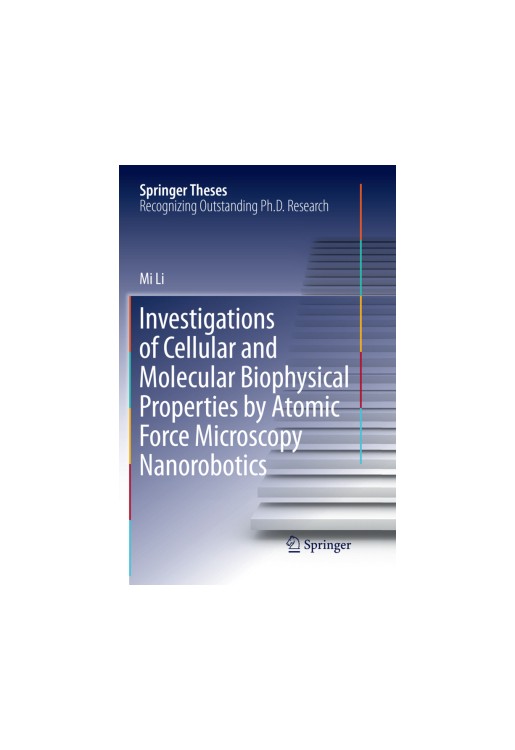This book presents methodological and application research in detecting cellular and molecular biophysical properties based on atomic force microscopy (AFM) nanorobotics. Series methods for in situ label-free visualizing and quantifying the multiple physical properties of single cells and single molecules were developed, including immobilization strategies for observing fine structures of living cells, measurements of single-cell mechanics, force recognition of molecular interactions, and mapping protein organizations on cell surface. The biomedical applications of these methods in clinical lymphoma treatments were explored in detail, including primary sample preparation, cancer cell recognition, AFM detection and data analysis. Future directions about the biomedical applications of AFM are also given.
Introduction.- Immobilization methods for observing living cells.- Label-free measuring the mechanics of single cells.- Single-molecule recognition and force measurements.- Mapping membrane proteins on cell surface.- Applications of single-cell and single-molecule physiological properties characterization methods in clinical lymphoma treatment.- Conclusion.




